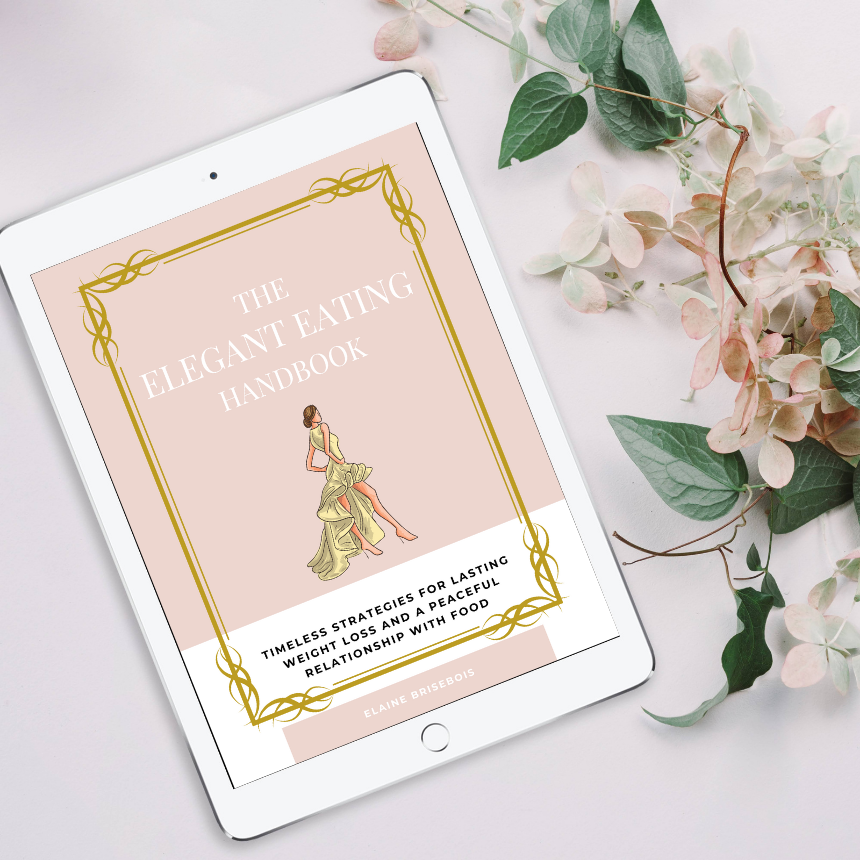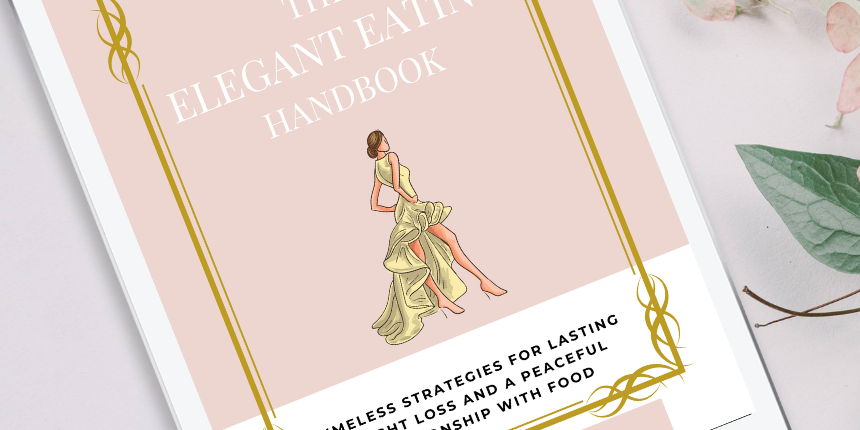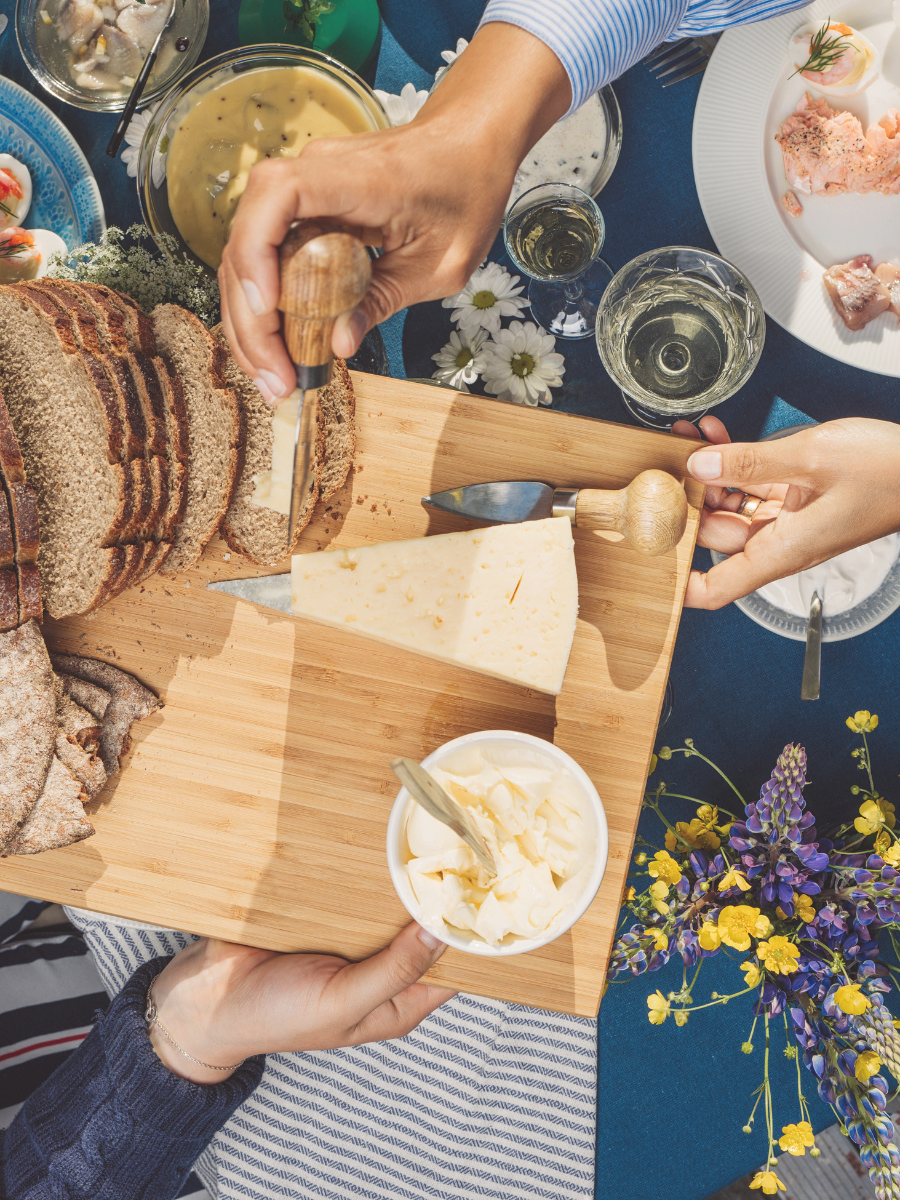If you ever feel overwhelmed by all the different diets, protocols, potential food triggers, or just whether or not you should be eliminating “such and such” item from your diet altogether – this post is for you!
When it comes to food sensitivities (or triggers) it’s rarely ever so black and white. Which is actually a really good thing! (Please note that true food allergies are a different story).
Today I’m going to talk a little bit about how you can consume these “potential culprits” in a less problematic way – what I’m referring to as “strategic consumption”.
Here’s the thing…
I’m not a fan of blacklisting foods or putting them into categories of “good” or “bad”.
Even if you rarely eat certain foods anyways, for some reason as soon as you know you’re not “allowed” to consume it, suddenly it becomes the forbidden fruit that you can’t stop thinking about.
Now don’t get me wrong.
I’m not at all discouraging you from going ALL IN and doing a proper elimination diet (although I get for many people it’s not always desirable or even necessary to go that route).
Nor am I discouraging you from giving up certain foods (or substances) if they make you feel crappy, or you know you have a tumultuous relationship with them.
Sometimes taking the choice right off the table, so to speak, is actually the easier solution because you don’t have to hem and haw over monitoring your intake, or have some internal struggle over whether or not you should consume it or not.
When it comes to potential food triggers, here are some other considerations to take into account:
- Quantity
- Quality
- Preparation Method
- Timing
- Current State (i.e. physical, mental, emotional)
Let me break each one down for you with some real-life scenarios…
1. Quantity
This one is pretty straightforward I think, but it comes back to the cumulative effect of food triggers – meaning a little might be okay, particularly if everything else in on point, but your body has a certain threshold of how much it can handle.
Consider the difference between having 1 (maybe 2) glasses of wine with the accompaniment of a nice meal versus having multiple drinks on an empty stomach or otherwise.
Or dipping your corn tortilla chips into 1-2 tablespoons of salsa (containing garlic and onion) versus polishing off half the jar (p.s. garlic and onion are both high in FODMAPS and can be particularly troublesome for some people). Or having 1 piece of fruit for a snack as opposed to snacking on a fruit tray and having multiple servings in one sitting.
2. Quality
In addition to quantity, food quality is also important.
Consider the difference between enjoying 1-2 homemade cookies sweetened with a little coconut or even cane sugar versus the store-bought baked goods containing questionable sweeteners like high fructose corn syrup…Or enjoying a special treat on the weekend (i.e. an almond croissant at your favorite bakery) versus the run-of-the-mill pastries or donuts at your morning work meeting (that really don’t taste that good)…Or having a sandwich on regular wheat flour bread versus sourdough bread.
3. Timing
Consider the placement of your daily coffee as an example. If you find that it’s too stimulating on your gut first thing in the morning, you might wait and have it later in the morning after you’ve already eaten breakfast. Similarly, there’s a difference between enjoying a cup on the weekend when you’re relaxed and lounging versus drinking a cup before work when you’re rushing around trying to get out the door (this actually ties into #5 as well).
Or consider an apple eaten in the morning or late in the afternoon when your stomach is relatively empty versus eating it for a snack right after lunch or dinner. Side note: Fruit tends to cause gas and bloating when it goes into a stomach full of food, as opposed to eating it on an empty stomach, or when there’s relatively less food there already. If you’re familiar with proper food combining, this is actually principle number one.
4. Preparation Method
How we choose to prepare our food greatly impacts how well we digest it. For example, if you’re cooking beans and legumes ideally you want to rinse them well, and in most cases soak them prior to cooking to make them more digestible. Note that if you’re buying canned you don’t need to soak them but definitely rinse them until the water runs clear.
Recall that raw veggies can sometimes be problematic for people too (particularly during a flare-up of digestive symptoms). Consider lightly cooking them as opposed to eating them raw. Or chopping them into tiny pieces, slicing them finely, or grating them over your salad to remove some of the digestive burden.
Also, blending veggies (and fruits) such as in a smoothie or a soup helps to breakdown and “pre-digest” some of the fibre. Juicing removes the fibre all together but try sticking with predominately veggie-based juices as opposed to fruit juices, which can spike blood sugar levels and also trigger diarrhea in some people. Fruit juice should be diluted with water.
5. Current State (i.e. physical, mental, emotional)
Consider the foundation you’re building upon. Are you feeling pretty good or are your symptoms flaring? Constipated or eliminating well? Feeling rested or running on fumes? Anxious and worried or relatively relaxed?
Imagine the contrast between enjoying a leisurely meal in good company versus hurriedly eating huddled over your desk so you can make it in time for a meeting; or the difference between feeling (and believing) that your body will digest your food just fine versus feeling fearful and anxious that your body is going to react unfavorably, and as a result not digesting your food well.
See what I mean?
I hope that each of these scenarios demonstrates that it really isn’t always so black and white when it comes to potential food culprits, and if we’re strategic (and even a little creative) in our consumption, we can greatly influence the effect they have on us.

Hi! I’m Elaine, a Certified Nutritionist and Master Certified Health Coach. I support women in achieving their health and body goals while prioritizing a peaceful and balanced relationship with food.

Get a free copy of my handbook!
The Elegant Eating Handbook: Timeless Strategies for Lasting Weight Loss and a Peaceful Relationship with Food.
share with friends
keep reading...




